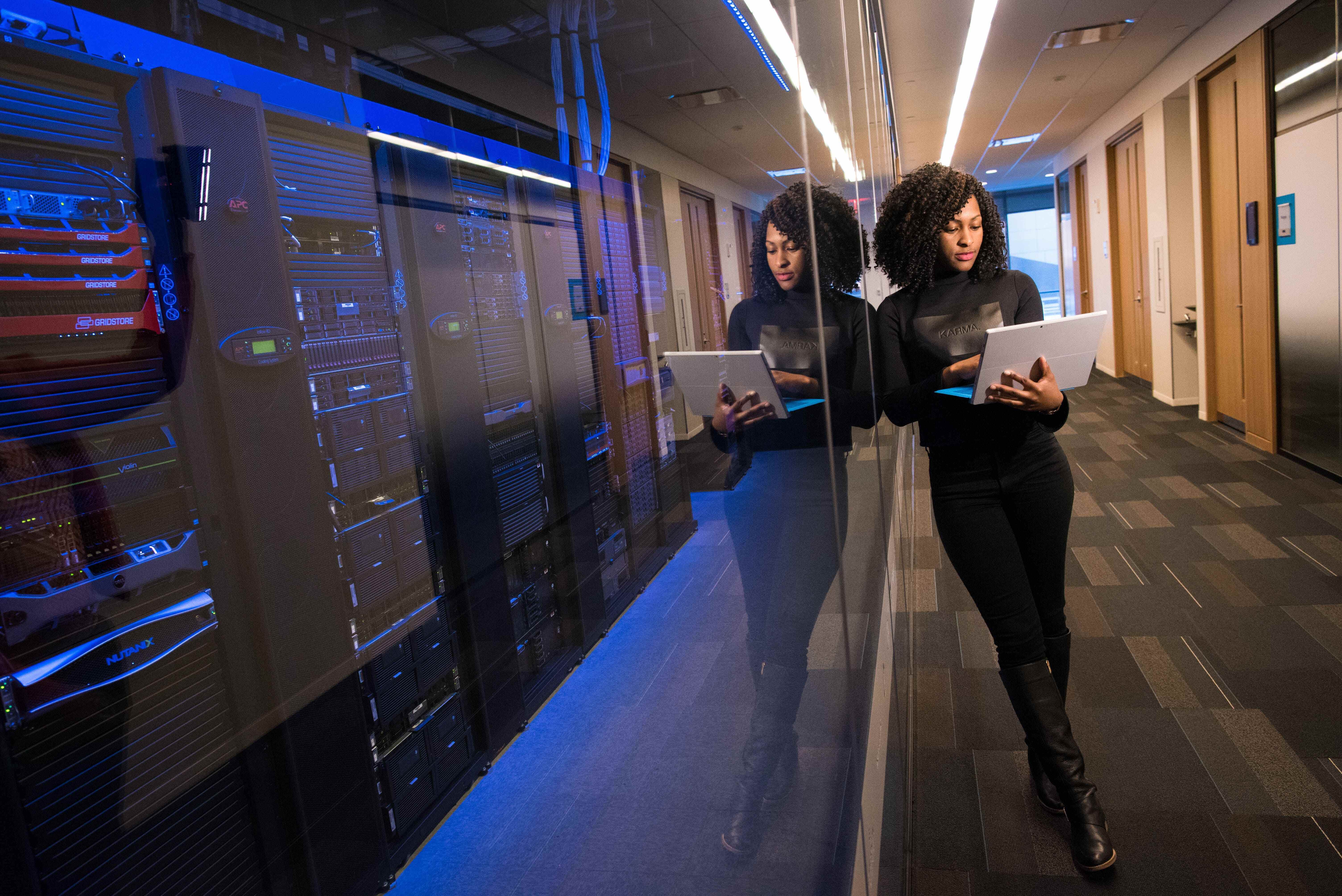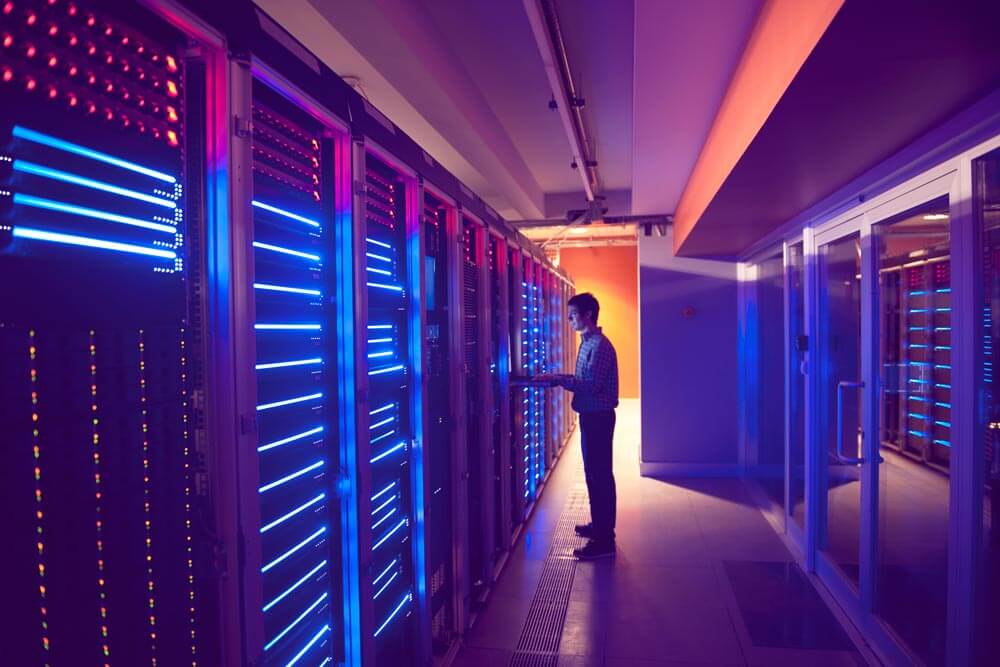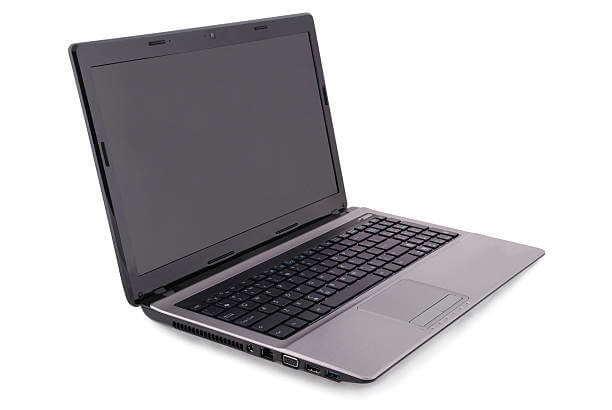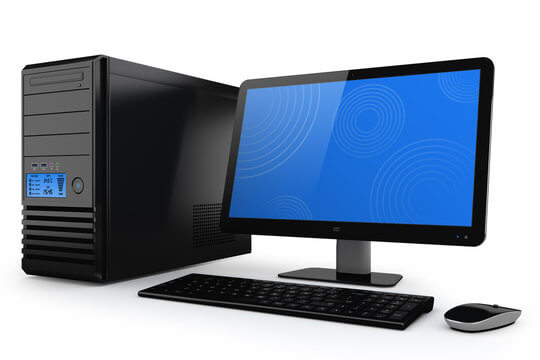Characteristics and Classification of computer
First, we discuss about the classification of computer
Classification of computer On the basis of the size
Computers can be classified into different categories based on their physical size and form factor. Here are some common classifications of computers based on size:
1. Supercomputers:

Supercomputers are the largest and most powerful computers available. They consist of multiple cabinets or racks filled with thousands or even millions of processors, memory modules, and storage units. Supercomputers are used for high-performance computing tasks, such as weather forecasting, climate modeling, nuclear simulations, and scientific research.
2. Mainframes:

Mainframe computers are large-scale machines that are typically housed in dedicated computer rooms or data centers. They are designed to handle extensive data processing and support multiple users simultaneously. Mainframes offer high reliability, scalability, and advanced features for organizations and industries that require robust computing power, such as banking, finance, government, and large enterprises.
3. Minicomputers:

Minicomputers, also known as midrange computers, are smaller than mainframes but larger and more powerful than personal computers. They were popular in the 1960s to 1980s and were used for tasks such as data processing, scientific research, and computer-aided design (CAD). However, minicomputers have largely been replaced by modern servers and workstations.
4. Servers:

Servers are computers dedicated to providing resources, services, and data storage to other computers or clients on a network. They come in various sizes, ranging from tower servers that resemble desktop computers to rack-mounted servers that are housed in server racks. Servers are commonly used for tasks such as hosting websites, managing databases, handling network services, and supporting enterprise applications.
5. Desktop Computers:

Desktop computers are the traditional form of personal computers designed for use on a desk or table. They consist of a separate computer tower or chassis that houses the CPU, memory, storage, and other components. The tower is typically connected to a monitor, keyboard, mouse, and other peripherals. Desktop computers offer a range of performance levels and are suitable for various tasks, from basic productivity to gaming and content creation.
6. Laptops and Notebooks:
Laptops, also known as notebooks, are portable computers designed for personal use. They integrate the components (CPU, memory, storage, etc.) into a single unit with a built-in display, keyboard, trackpad, and battery. Laptops are compact, lightweight, and convenient for on-the-go use, offering similar functionality to desktop computers in a portable form factor.
7. Tablets and Convertibles:
Tablets are handheld devices with touchscreens that provide a mobile computing experience. They are smaller and lighter than laptops and are primarily used for content consumption, web browsing, and running mobile applications. Convertible laptops, also called 2-in-1s, combine the features of tablets and laptops by allowing the screen to be detached or folded, providing versatility for different use cases.
8. Smartphones and Wearable Devices:
Smartphones are pocket-sized mobile devices that combine computing, communication, and multimedia capabilities. They have touchscreens, powerful processors, and access to mobile apps. Wearable devices, such as smartwatches and fitness trackers, are smaller computing devices that are worn on the body and provide specific functionalities like health monitoring, notifications, and activity tracking.
These are general classifications based on size, but it's important to note that advancements in technology have led to increasingly compact and integrated computing devices across all categories.
On the basis of functionality
Computers can be classified based on their functionality or purpose. Here are some common classifications of computers based on functionality:
1. General-Purpose Computers:
General-purpose computers are designed to perform a wide range of tasks and are capable of running various software applications. They are versatile machines that can be used for tasks such as word processing, web browsing, multimedia playback, gaming, programming, and more. Personal computers (PCs) and laptops fall under this category.
2. Special-Purpose Computers:
Special-purpose computers are designed to perform specific tasks or functions efficiently. They are optimized for a particular application or industry. Examples include:
- Gaming Consoles:
Gaming consoles are specially designed for playing video games. They typically have dedicated hardware and software optimizations for gaming performance.
- Point-of-Sale (POS) Systems:
POS systems are used in retail and hospitality industries for sales transactions, inventory management, and customer relationship management.
- Industrial Control Systems:
Industrial control systems are used in manufacturing and industrial environments to control and monitor processes, machinery, and equipment.
- Embedded Systems:
Embedded systems are computers integrated into devices and equipment for specific functions, such as automotive systems, medical devices, home appliances, and consumer electronics.
3. Servers:
Servers are computers designed to provide resources, services, and data storage to other computers or clients on a network. They are optimized for handling network requests, managing data storage, and hosting applications, websites, or databases.
- Web Servers:
Web servers host and deliver websites and web applications over the internet.
- File Servers: File servers store and manage files and provide centralized access and sharing within a network.
- Database Servers: Database servers manage and store large amounts of structured data, allowing multiple clients to access and manipulate the data simultaneously.
4. Supercomputers:
Supercomputers are high-performance computers designed to solve complex computational problems quickly. They are used for tasks that require massive processing power, such as weather modeling, scientific simulations, cryptography, and advanced research.
5. Personal Digital Assistants (PDAs) and Smartphones:
PDAs and smartphones are handheld devices that offer computing capabilities in a portable form factor. They are designed for personal organization, communication, and mobile applications.
6. Wearable Computers:
Wearable computers are small computing devices that can be worn on the body, such as smartwatches, fitness trackers, and augmented reality (AR) glasses. They provide functions like health monitoring, notifications, activity tracking, and hands-free computing.
7. Artificial Intelligence (AI) Systems:
AI systems are computers or computer systems that simulate human intelligence and perform tasks that typically require human intelligence, such as speech recognition, natural language processing, image recognition, and machine learning.
These are some broad classifications based on functionality, and there may be overlap between different categories as technology advances and new types of computers emerge to cater to evolving needs.
On the basis of data handling
Computers can be classified based on how they handle and process data. Here are some common classifications of computers based on data handling:
1. Analog Computers:
Analog computers work with continuous data and perform calculations using physical quantities such as voltage, current, and resistance. They are designed to solve mathematical equations by representing variables as continuous physical quantities. Analog computers were primarily used for scientific and engineering applications that require continuous data processing, such as modeling physical systems and simulations.
2. Digital Computers:
Digital computers process and manipulate discrete data in the form of binary digits (bits). They use binary code to represent and store information. Digital computers are the most common type of computers today and, these are widely used in various applications. They perform calculations, store and retrieve data, and execute instructions using digital circuits and processors.
- Binary Computers:
Binary computers are digital computers that operate on binary data, represented as 0s and 1s. They are based on the principles of digital logic and perform computations using binary arithmetic.
- Binary-Coded Decimal (BCD) Computers:
BCD computers use a binary-coded decimal representation to handle decimal numbers. BCD is a binary encoding of decimal digits, where each digit is represented by a four-bit binary code.
- Hybrid Computers:
Hybrid computers combine the characteristics of analog and digital computers. They use analog components for input and output operations and digital components for processing and control. Hybrid computers are often used in scientific and industrial applications where both continuous and discrete data processing is required.
3. Quantum Computers:
Quantum computers are an emerging type of computer that utilize the principles of quantum mechanics to process and manipulate data. They use quantum bits, or qubits, which can exist in multiple states simultaneously, enabling complex parallel computations. Quantum computers have the potential to solve certain types of problems much faster than classical computers, especially in areas such as cryptography, optimization, and scientific simulations.
4. Hybrid Digital-Analog Computers:
Hybrid digital-analog computers combine both digital and analog components to handle data. They use analog circuits for continuous data processing and digital circuits for discrete data processing. These computers are primarily used in specialized applications that require both types of data handling capabilities.
These classifications are based on how computers handle and process data, and they represent different approaches to computation. Each type of computer has its strengths and limitations, and their usage depends on the specific requirements of the applications they are designed for.
Characteristics of computer
Computers possess several key characteristics that make them powerful and versatile tools for processing and manipulating data. Here are some of the main characteristics of computers:
1. Speed:
Computers are capable of performing tasks at incredibly high speeds. They can execute millions or even billions of instructions per second, enabling rapid calculations, data processing, and information retrieval.
2. Accuracy:
Computers perform operations with a high level of accuracy. They can carry out complex mathematical calculations without errors, provided the input data and instructions are correct. Computers are not subject to human errors or fatigue, which ensures reliable and consistent results.
3. Storage:
have the ability to store vast amounts of data. They can store both input data and processed results in various types of memory, including RAM (Random Access Memory) and secondary storage devices like hard drives or solid-state drives. This storage capacity allows for data persistence and the ability to access and retrieve information as needed.
4. Versatility:
Computers are highly versatile machines capable of performing a wide range of tasks. They can be programmed to execute different types of software applications and perform various operations such as calculations, data manipulation, text processing, multimedia processing, communication, and much more. This versatility allows computers to be used across diverse industries and domains.
5. Automation:
excel at automating repetitive tasks and streamlining processes. Through software programs, computers can perform routine operations, follow predefined instructions, and execute tasks without continuous human intervention. This automation capability improves efficiency and productivity in many fields.
6. Storage and Retrieval of Information:
Computers enable efficient storage and retrieval of vast amounts of information. They can organize and index data in structured formats, allowing for quick and targeted access to specific information when needed. Databases and file systems are commonly used to manage and retrieve data efficiently.
7. Connectivity:
Computers can connect and communicate with other computers and devices, locally or over networks. This connectivity enables data sharing, collaboration, and remote access to resources. The internet has further enhanced computer connectivity, allowing global communication, information exchange, and online services.
8. Scalability:
Computers can be easily scaled up or down to meet different requirements. Depending on the needs, additional hardware components, memory, or processing power can be added to enhance performance and handle more demanding tasks. This scalability ensures that computers can adapt to changing workloads and expand their capabilities as necessary.
9. Programmability:
Computers are programmable machines, which means they can execute instructions based on the software programs written for them. Programming languages enable humans to provide specific instructions and algorithms, allowing computers to perform customized tasks and solve complex problems.
These characteristics collectively make computers powerful tools for data processing, information management, automation, and problem-solving across various domains. Computers continue to evolve, incorporating new technologies and capabilities to further enhance their performance and utility.